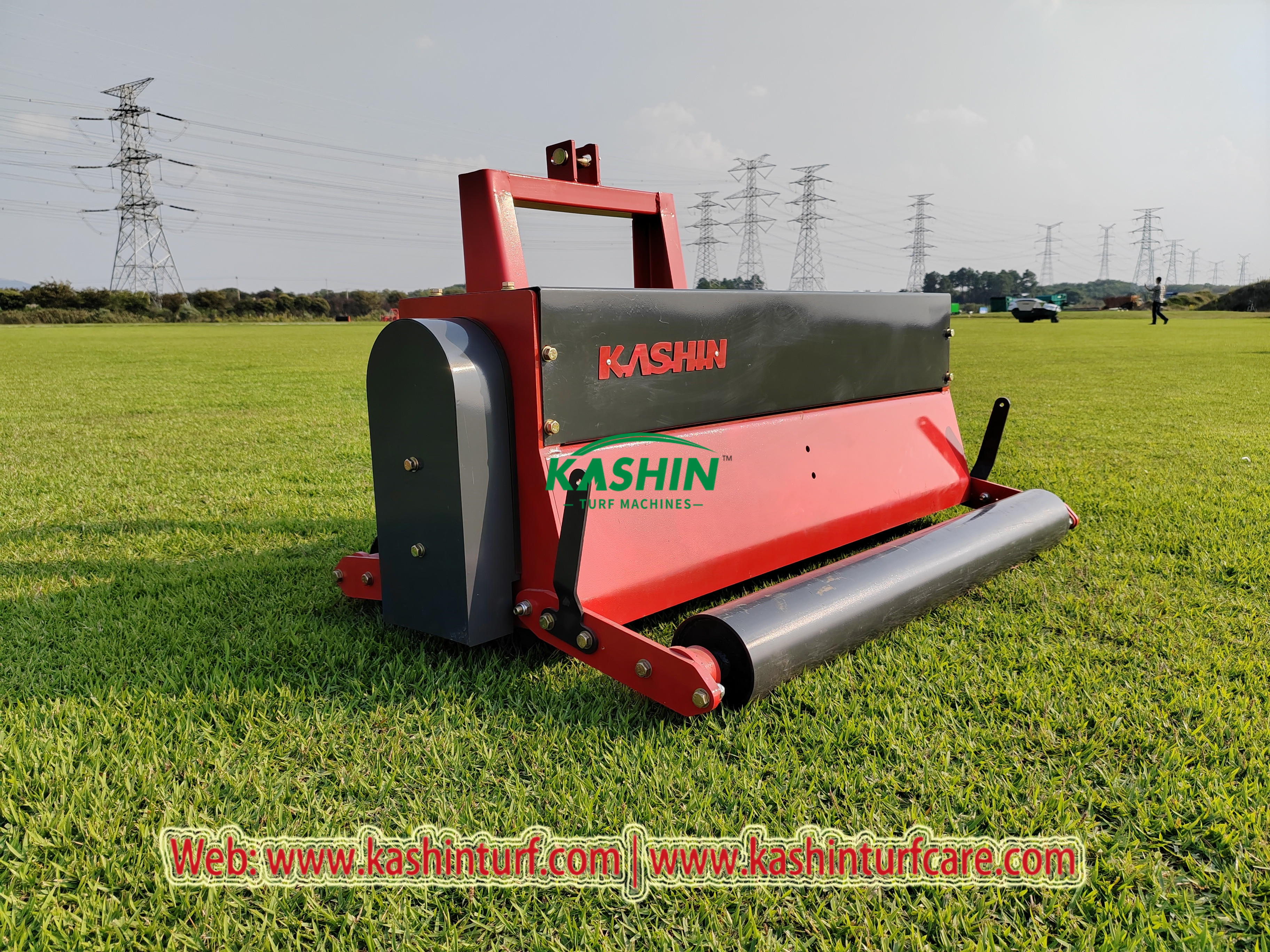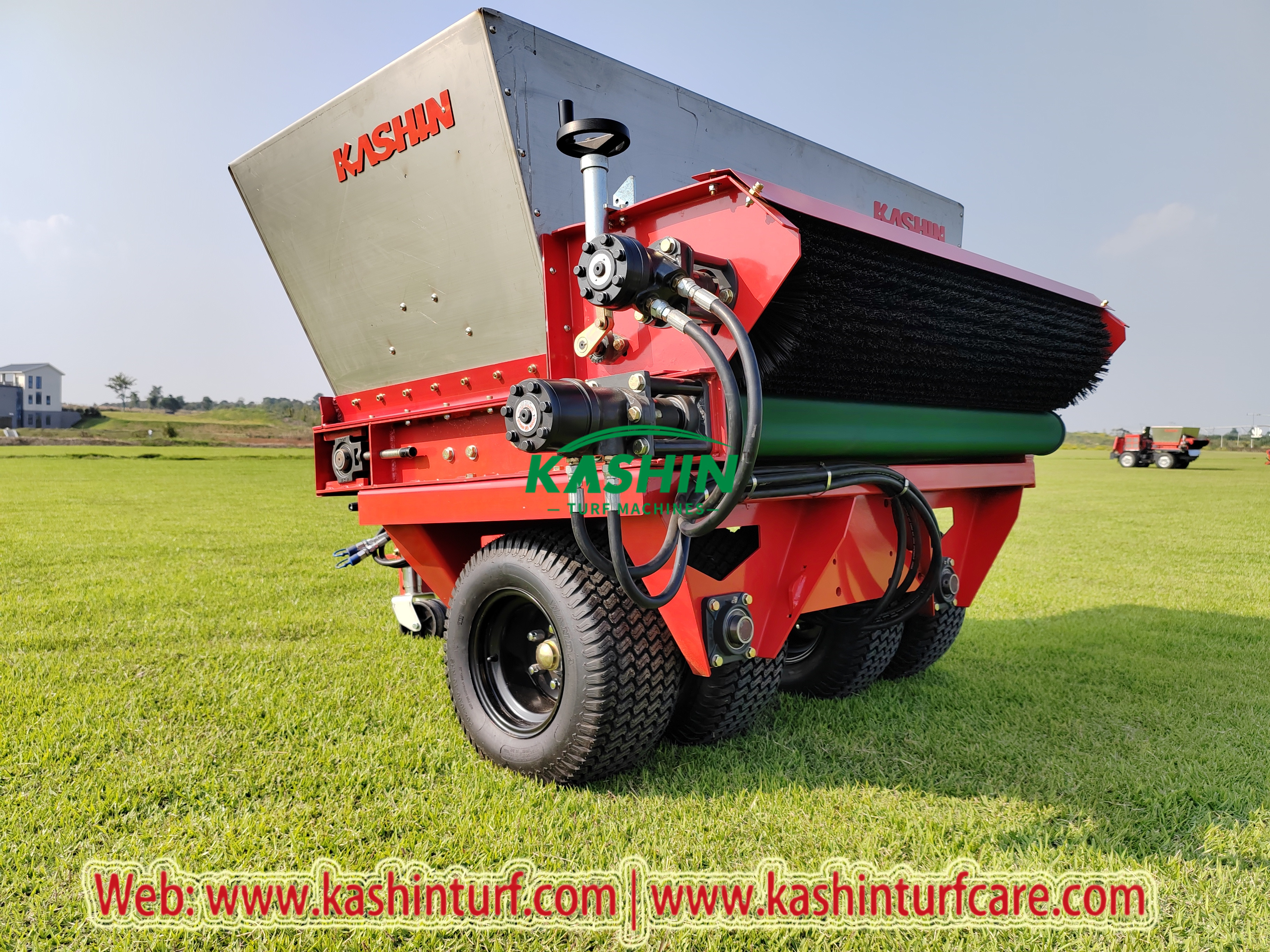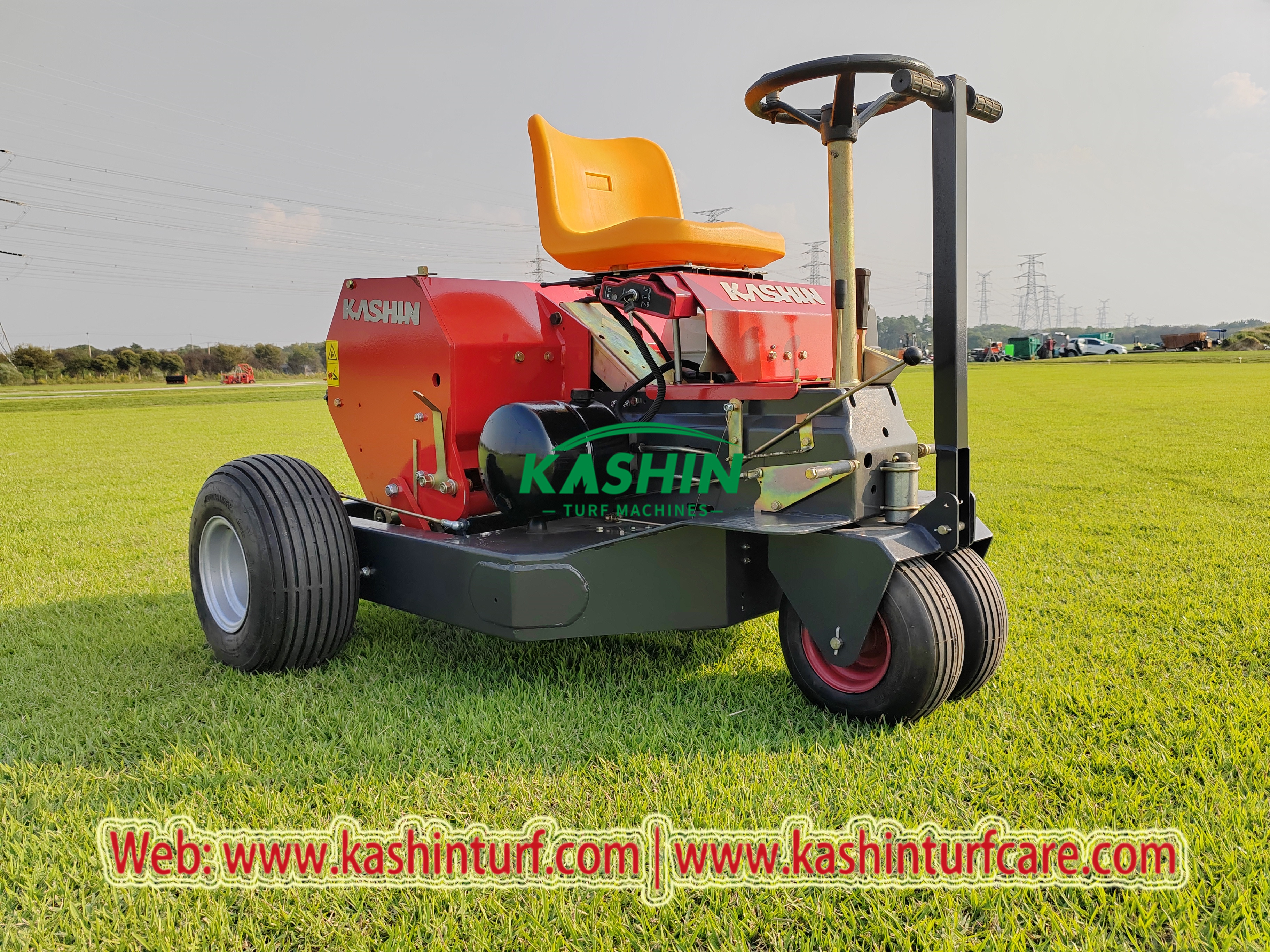emperature is an important reason for the yellowing of lawns in winter. The climate is dry in winter, and the lawn enters the recuperation period. If the maintenance measures are not in place, the lawn will often turn yellow or even die in the coming year, the ornamental value will decrease, and the ecological benefits of the lawn will not be brought into play. Mastering scientific winter lawn maintenance techniques can prolong the green period of the lawn, improve the soil, and allow the grass to recuperate. So, what measures should be taken for lawn maintenance in winter?
Three steps of lawn maintenance in winter
Step 1: Weeding(Vertical Cutter) and pruning
On the one hand, removing weeds in winter can prevent the seeds of the weeds from falling underground to grow again, and on the other hand, it can prevent the weeds from consuming the nutrients and water of the lawn soil in winter. In order to take other measures as a basis, the property owner needs to completely remove the weeds in the lawn before the onset of winter.
Lawn pruning can promote the tillering of the root system of the lawn, while controlling the growth of dicotyledonous weeds and reducing the competitiveness of monocotyledonous weeds. The overall principle of lawn mowing is the 1/3 principle, that is, the mowing height should not exceed 1/3 of the lawn height. Because the growth point of different grass species is different, the mowing height is also different. When mowing the lawn, avoid operating at high temperatures as much as possible, and remove the grass blades in time after trimming. The number of pruning is generally determined according to your own conditions and the growth of the lawn, and timely pruning is conducive to the growth of the lawn. In keeping green in winter, low-cut (full-root cut) and grass thinning can effectively remove the dead grass layer, reduce water and nutrient consumption, promote the germination of new leaves, and extend its green period to achieve the purpose of keeping the lawn green in winter.
The second step: drilling, sanding, fertilizing (turf spreader)
After the lawn is used for a period of time, due to suppression, watering and trampling, the bed is firm and hardened, resulting in compaction of the soil and reducing its air and water permeability. Lawn perforation can expand the surface area of the lawn to increase the infiltration capacity of the hardened and thicker soil, accelerate the decomposition of the lawn and the organic residue, and improve the absorption of water and fertilizer by the lawn, thereby greatly improving the aeration and water permeability of the soil, and promote Turf roots develop. Under normal circumstances, the lawn is perforated or when it is perforated with sand or soil covering operations. If there is no perforation, the effect of perforating will not be achieved. This operation is mainly suitable for sports fields, parks or lawns that are more trampled on.
After the lawn is drilled(Turf Aercore ), sanding can smooth the surface of the lawn, improve the physical properties of the lawn topsoil, and promote the regeneration and growth of adventitious buds and stolons. However, the specific substrate to be laid depends on the soil conditions. In addition to spreading organic fertilizer on the compacted soil, appropriate addition of river sand is appropriate. Long-lasting organic fertilizer can be spread on areas with better soil quality, and river sand can be spread on lawns that have never been sanded. Appropriate spraying of plant hormones can regulate plant growth, allowing the lawn to maintain vegetative growth in autumn and winter, and achieve the effect of keeping green in winter.
The third step: daily maintenance and watering
The lawn enters the dormant period. Strengthening lawn watering is one of the main measures for lawn maintenance in winter. The south should continue to water according to the amount of evaporation. The most important thing in the north is to grasp the timing of watering the frozen water before freezing. The frozen water should be watered evenly and watered. through. In fact, when watering the lawn, it must be watered thoroughly at one time. Avoid only topsoil. At least it should reach more than 125px of wet soil layer. For watering lawns that are too dry, the wet layer of soil layer should reach more than 200px. In temperate regions, lawns that have been trimmed, perforated, and covered with organic substrates should be watered once every 1 to 2 days when it is not raining to maintain the green effect. When fertilizing, pay attention to the uniformity of fertilization, so that the color of the lawn does not produce variegation, and it is necessary to water after fertilization.
Post time: Jan-25-2024



